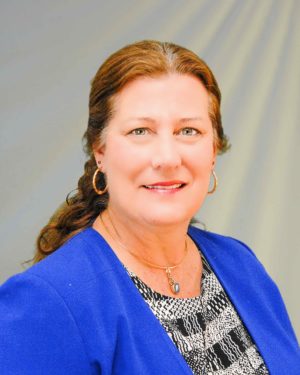
Last week, Dr. Sheryl Sorby presented “Engineering Education at Crossroads- Getting There from Here,” at the Institute for Engineering Education and Innovation’s (IEEI) Distinguished Speaker Series hosted by Dr. Tracy Hammond, Director, IEEI.
She spoke about her journey into engineering education, provided a brief introduction to her research and development efforts in spatial skills. (Her research findings indicated that well-developed spatial skills are a key to success in STEM fields and spatial skills training has a positive impact on STEM performance, especially women and girls.) She then elaborated on her vision for engineering education of the future.
Sorby pointed out that our current curricula values mass-production of students using a cookie-cutter approach. Furthermore, the curriculum does not appeal to large segments of our society like minorities. There is too much competition, entry requirements are too strict and the problems are rather uninspiring. We are also training for jobs of the past and not for jobs of the future. She highlighted the need for engineering faculty to recognize their own role in propagating a system that does not meet the needs of tomorrow’s society.
Her suggestions included setting up an industry 4.0 curriculum with stackable credentials (customizable degrees), Math and Science credentials (students could choose from a list, rather than one set path), project-based learning everywhere and an interesting and welcoming appeal to a broad array of learners (we need all creative thinkers at the table- not just the people who look and think like us). She also recommended creating a curriculum Task Force, charged with examining the curriculum to better prepare students for the jobs of tomorrow, appealing to a broad array of learners by examining and making recommendations regarding dispelling systemic racism in our programs and institutions, and allowing flexibility for student choice and degree customization.
Sheryl Sorby is currently a Professor of Engineering Education at the University of Cincinnati. She was a Fulbright Scholar at the Dublin Institute of Technology in Dublin, Ireland conducting research in engineering education and is a professor emerita of Mechanical Engineering-Engineering Mechanics at Michigan Technological University. She is the former Associate Dean for Academic Programs in the College of Engineering at Michigan Tech and served at the National Science Foundation as a Program Director in the Division of Undergraduate Education for nearly three years.
Prior to her appointment as Associate Dean, Dr. Sorby served as chair of the Engineering Fundamentals Department at Michigan Tech. In this capacity, she was responsible for the development and delivery of the newly adopted First Year Engineering Program at Michigan Tech. She received a BS in Civil Engineering, an MS in Engineering Mechanics, and a PhD in Mechanical Engineering-Engineering Mechanics, all from Michigan Tech. Dr. Sorby is a Fellow of the American Society for Engineering Education and is the current President of ASEE.
